A short-lived settlement provides an unparalleled view of bronze age life in eastern england.
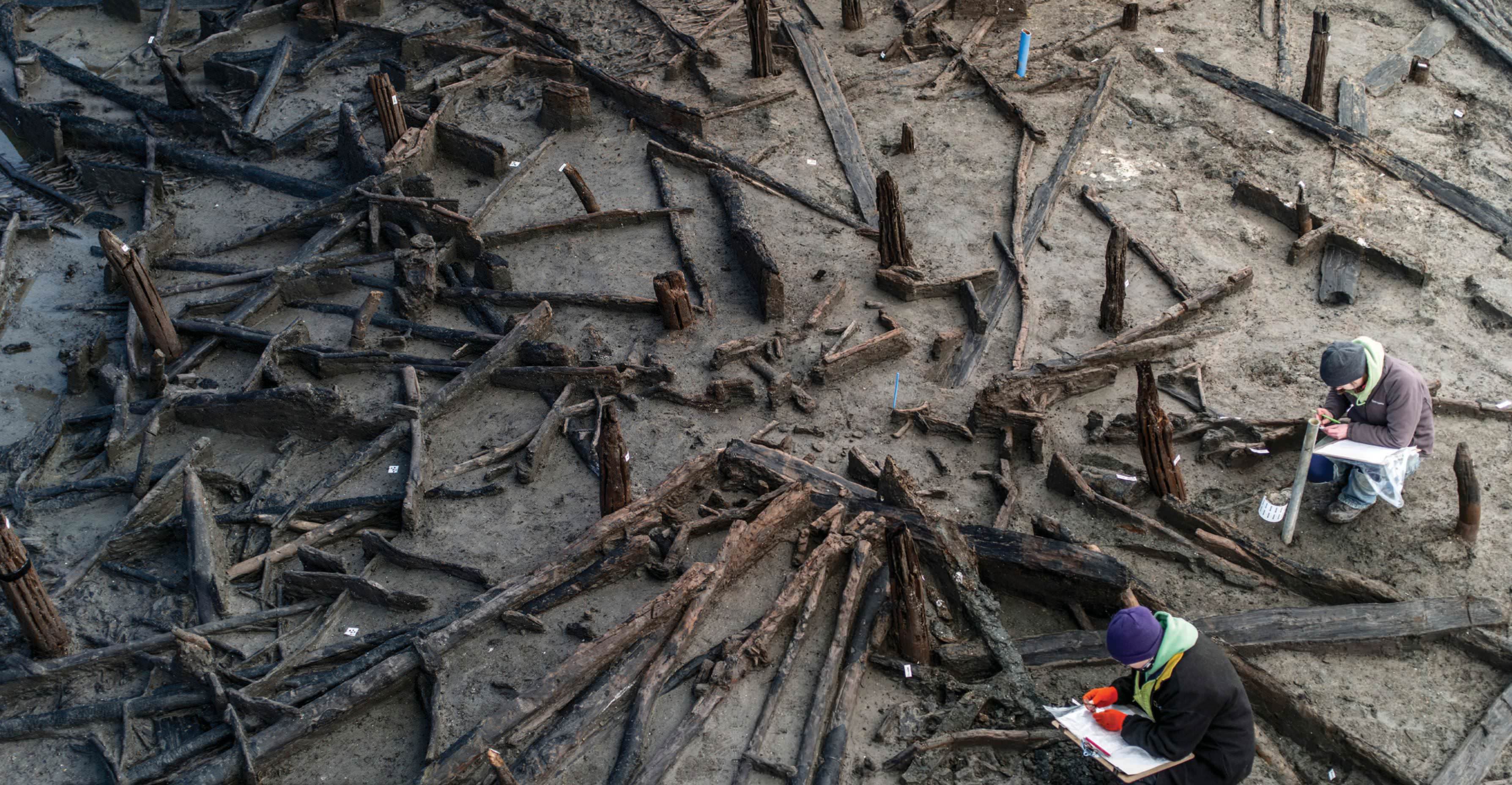
Some 3,000 years ago, throughout Britain, broad changes in settlement patterns, society, and technology were slowly bringing an end to what archaeologists call the British Bronze Age (2500–800 b.c.). In the coming centuries, the Iron Age would emerge. But in the wetlands of East Anglia, referred to as the Fenland, a transformation of another sort, both more conspicuous and tangible, was taking place. Climate change was gradually causing water levels to rise, and, as marshland increased, vital dry land became scarcer. The solution for one small settlement was to build its homes on pylons directly above the water. However, by some twist of fate, shortly after the new settlement was built, it was destroyed by fire—whether deliberate or accidental is not known. The conflagration caused the houses and their contents to collapse into the shallow river below. There, extraordinary circumstances led to their preservation and eventual discovery. Recent excavations of this Late Bronze Age village are providing archaeologists with as yet unmatched insights into the lifestyle and day-to-day lives of Britons three millennia ago. It is considered one of the most important discoveries in the history of British archaeology.
The site, called Must Farm, is named after and located in a modern-day clay quarry outside the town of Peterborough.Until now, much of what is known about Bronze Age Britain has stemmed from investigations of specialized sites such as burial mounds, megalithic monuments, or ritual deposits of bronze weapons. While these types of finds have value, they offer archaeologists little information about ordinary people and everyday life. Even when Bronze Age houses and settlements have been identified, they have yielded scant material evidence.
This story is from the {{IssueName}} edition of {{MagazineName}}.
Start your 7-day Magzter GOLD free trial to access thousands of curated premium stories, and 9,000+ magazines and newspapers.
Already a subscriber ? Sign In
This story is from the {{IssueName}} edition of {{MagazineName}}.
Start your 7-day Magzter GOLD free trial to access thousands of curated premium stories, and 9,000+ magazines and newspapers.
Already a subscriber? Sign In
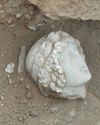
Digs & Discoveries - A Friend For Hercules - Archaeologists discovered a finely carved head depicting Apollo, god of the sun, music, and poetry.
While digging at the crossroads of the two main streets in the ancient city of Philippi in northern Greece, archaeologists discovered a finely carved head depicting Apollo, god of the sun, music, and poetry.
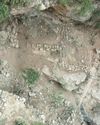
Digs & Discoveries - A Fortress Sanctuary - A sprawling 2,000-year-old fortress in the Zagros Mountains of Iraqi Kurdistan appears to have included a sanctuary dedicated to the ancient Persian water goddess Anahita.
A sprawling 2,000-year-old fortress in the Zagros Mountains of Iraqi Kurdistan appears to have included a sanctuary dedicated to the ancient Persian water goddess Anahita.
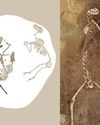
Like Cats And Dogs – Archeologist fund the skeleton of a male Eurasian lynx (Lynx lynx), a notoriously shy creature.
Оn the periphery of Zamárdi, an ancient lakeshore settlement in west-central Hungary, archaeologists uncovered a nearly five-foot-deep beehive-shaped pit with the skeletons of four adult dogs buried in successive shallow layers.
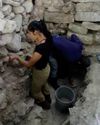
A Dynasty Born In Fire- How an upstart Maya king forged a new social order amid chaos
At the beginning of the Terminal Classic period (ca. A.D. 810-1000), many of the great kingdoms of the southern Maya lowlands-among them Tikal, Palenque, and Calakmul-were being abandoned or collapsing. For many years, scholars have assumed that most, if not all, the other kingdoms across the Maya world must have also been in steep decline.
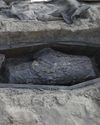
Medical Malfeasance - Archaeologists uncovered two coffins during excavations of a nineteenth-century cemetery in Quebec City that provide evidence of the illicit practice of diverting corpses for the study of human anatomy.
Archaeologists uncovered two coffins during excavations of a nineteenth-century cemetery in Quebec City that provide evidence of the illicit practice of diverting corpses for the study of human anatomy. Starting in 1847, medical students were required to have practical experience studying human anatomy, but legal options to procure cadavers were limited
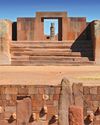
RISE AND FALL OF TIWANAKU
New dating techniques are unraveling the mystery of a sacred Andean city
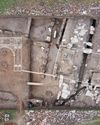
Making a Roman Emperor
A newly discovered monumental arch in Serbia reveals a family's rise to power in the late second century A.D.
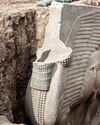
The Assyrian Renaissance
Archaeologists return to Nineveh in northern Iraq, one of the ancient world's grandest imperial capitals

Java's Megalithic Mountain
Across the Indonesian archipelago, people raised immense stones to honor their ancestors
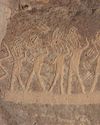
THE SONG IN THE STONE
Located in a desert gorge in southern Peru, Toro Muerto is one of the richest rock art sites in South America. It includes at least 2,600 boulders bearing petroglyphs, many featuring figures known as danzantes who appear to be dancing.